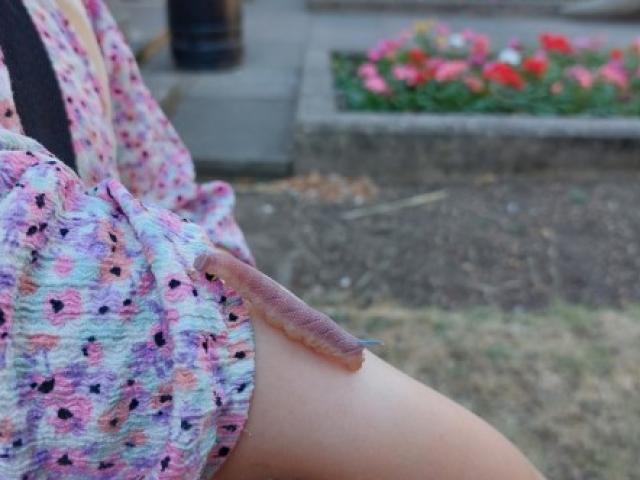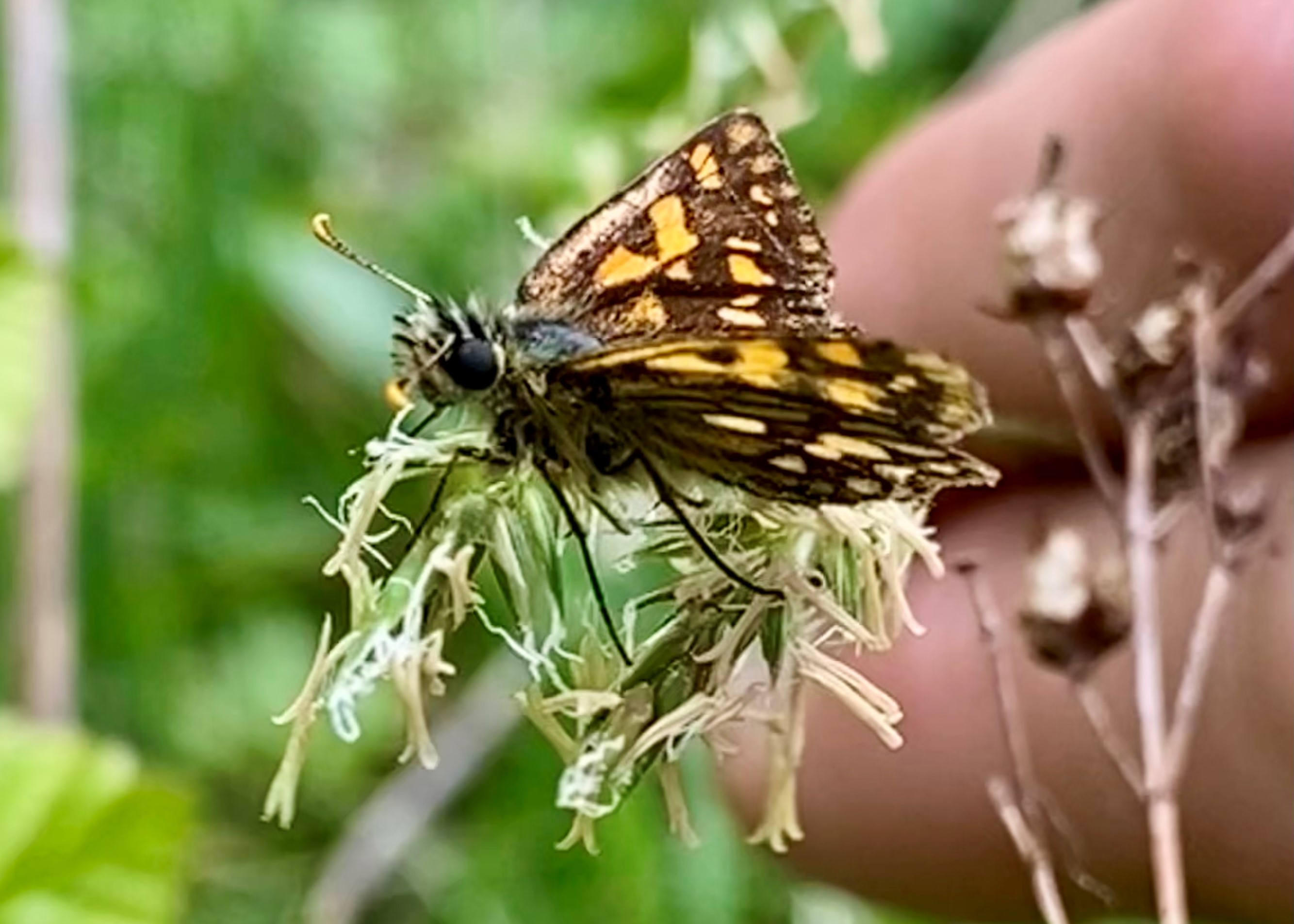Starting in August we ran another series of family-friendly engagement events, all three of these were in urban areas. These events enabled us to have a voice in urban communities which are close to our project area, better engage with a different demographic, and help encourage people to re-engage with nearby green spaces. Often ongoing projects can also be easily overlooked and we can act as a valuable signpost to make members of the public aware what is taking place on their doorstep!
The first event at Kettering took place on a blustering 2nd August at Wicksteed Park with the help of the staff Ruth and Liam. We were forced to set up behind an old building to avoid our gazebo taking off – with 40 attendees to our stand hopefully no one missed us nestled away! Jamie Wildman joined us to lend a very welcome hand, giving us the freedom to really make the most of each interaction with visitors at our stand. We ran two guided walks around the edge of the nearby lake and were really pleased be able to take a group of adults with SEN around on our second walk. All of whom responded incredibly positively to learning about butterfly and moth foodplants. This was supported by providing opportunities to engage in a more sensory way through the various colours on a scavenger hunt (e.g. rosebay willowherb and ragwort) and smells with water mint in abundance to squish between their fingers.
This was the first event where we properly showcased our ‘create your own habitat’ craft activity as well, which encouraged attendees to think about the features a butterfly or moth needs to survive and add them to their creation (combining nectar, caterpillar foodplants and shelter and adding their chosen butterfly to their new habitat). We had a couple of fantastic creations (see picture)!
For the next event we were stationed at Priors Hall Park only two days later on the 4th August. We were joined by Kate Measures from Heritage Insider to enable her to evaluate the value of the work we have been doing at these kinds of events. Priors Hall Park is a relatively new development which began in 2007. This new community was one which is blessed with both Grizzled Skipper and Dingy Skipper on their doorstep! They can be seen in ‘The Gullet’ just beyond the amphitheatre where many local events are held including ours. Being able to tap into this natural heritage is a rare opportunity; one we pointed this out to parents and children alike on a short guided walk up to the edge of the gullet – though the only butterfly we saw that day was a meadow brown!
Moth traps were also set up in the gullet on the previous night for this event with the help of Nina and Mike. These traps when opened were bursting with (almost too many!) moths and one very young boy who was not yet even 3 sat with Ellie and went through both the micro and macro moths books for almost half an hour. He was so engrossed that his mum had the opportunity to have a chat with us and he didn’t bat an eyelid, “This is the first time he has sat still like this and he never usually lets me leave his side at all!” she said. The boy went on to share his knowledge with his 7 year old friend and recited “This book is for the small moths and this book is for the big moths” recalling exactly what Ellie had told him! At this event the biodegradable plant pots were a real hit and almost every child who attended got to have a go, being asked how this would help the butterflies if they let their plant grow and flower (providing food for caterpillars and nectar was the answer!). When later releasing the moths a trio of two young girls and one young boy who came to the event earlier spotted us. running to where we were and asked if they could lend a hand!
The third and final family-friendly engagement event was at Peterborough Museum on the 13th August. Here we had a fantastic opportunity to be one of many stands in an array for their Extinction Exhibition on Big Green Day. This exhibition is showcasing what extinction means and how this affects us even here in the UK, with so much of our wildlife coming under threat in recent history. The tone however does not have to be negative, there is much we can still do, and we should focus on ways we can be filled with hope for the future. Reintroductions of the Large Blue and Chequered Skipper are now examples of that hope in action, with species that were previously extinct in England being brought back.
Our stand showed a timeline of what we have lost and what we have began to reclaim (see picture) using movable stones with pictures of butterflies to allow members of public to make their own guesses as to when extinctions and reintroductions have happened. We also took the opportunity to look back further into the past. When did butterflies first evolve? What did the first moths eat? Did butterflies and moths exist alongside the dinosaurs? When protecting something it is great to be able to know its full story. We can then truly appreciate why it has come to look and behave the way it has today, and how if we do not act, we may lose a living connection to a long and rich evolutionary history. Our stand was even visited by a living example itself! A Lime Hawkmoth was brought to us by a visitor who while at another stand had it drop onto them from the lime trees above! Even in a road with just a little greenery this caterpillar was surviving well and looked soon ready to pupate (see picture).

All our urban events managed to make great use of our butterfly and moth quiz which had many visitors puzzled when it came to whether the skippers were moths or not! We also had a lot of visitors to our life cycle and habitat management display, showcasing the various skipper butterflies, especially our beloved Chequered Skipper next to the important management techniques (ride widening, coppice, and box junctions) that have underpinned the success of its reintroduction. We hope that this began to make visitors think about what matters in the life of a butterfly and moth and be inspired by the butterflies and moths they may see in their local area. Every little bit we do aggregates to make a difference much bigger than any one of us, and we hope each person who visited our stand feels they can have a meaningful part to play!


